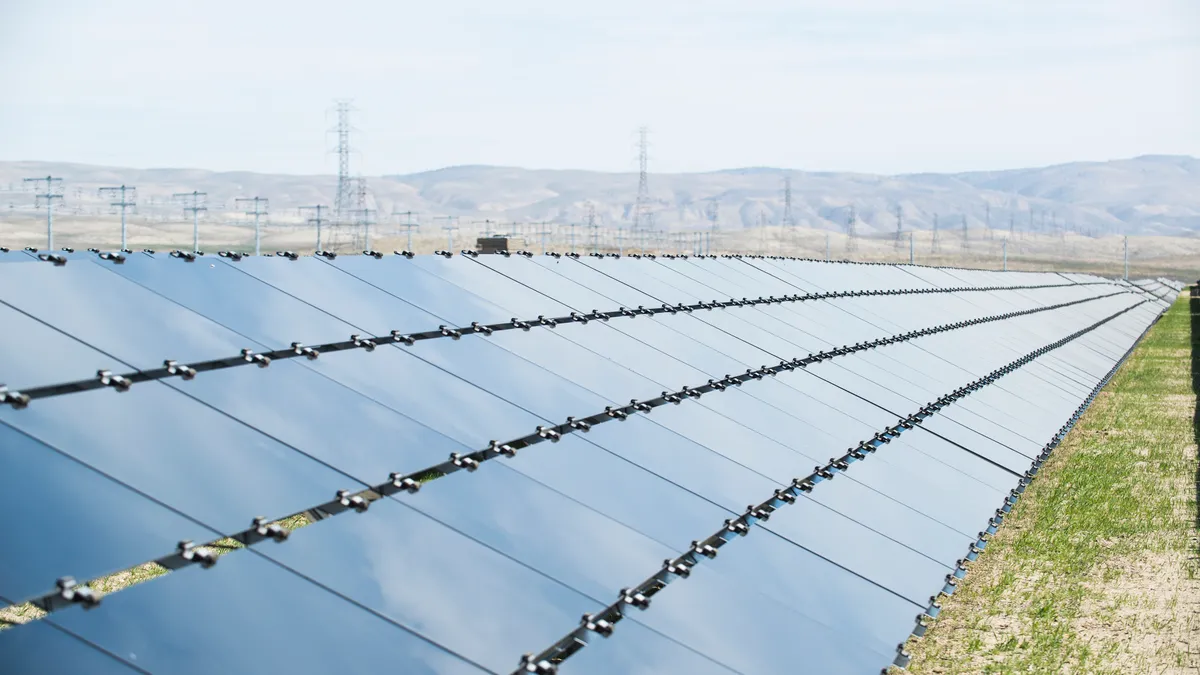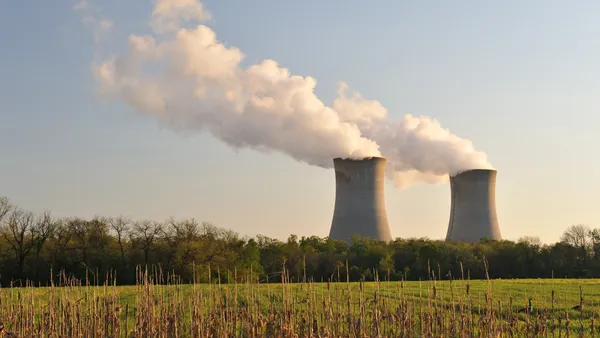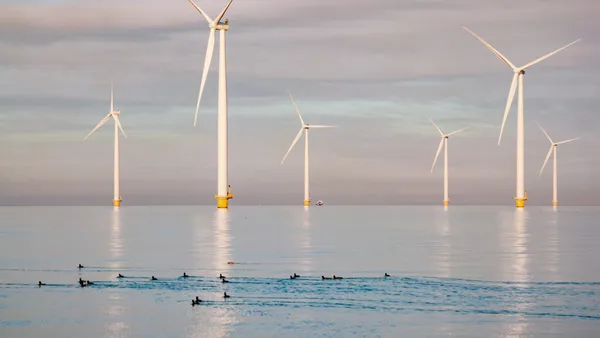As demand for solar continues to grow, utilities are looking for ways to provide reliable power.
In order to achieve that, utilities need solid partnerships to help them keep the solar facility up and running with little to no disruption. As utility-scale solar continues to swiftly expand in the United States, investor-owned and public utilities are starting to find new paths to invest in the resource. For example, a municipal and co-op utility in New Mexico cut ties with their traditional suppliers in favor of contracts with more solar flexibility.
However, it can be complicated to accurately measure availability for a solar powered facility since the resource is intermittent. But a study from First Solar has taken on this issue, showcasing a way to measure availability at utility-scale solar farms. In a recently published study, Kirby Hunt, fleet performance engineering manager at First Solar, along with Anthony Blekicki and Robert Callery, illustrate a way to measure availability at utility-scale photovoltaic solar plants – and the results are illuminating.
According to the study, solar reliability far exceeds fossil fuel-fired plants, stating “the effective availability of the sample fleet, at 99.5%, is quite good from several perspectives.1 On an absolute basis these results indicate that a very small portion of the potential yield of the plants is being lost to equipment failure or malfunction.”2
While availability will certainly continue to be a concern and the focus of study, the research team at First Solar advises that utilities look for reliable partners when embarking on new solar projects.
“It’s an all-of-the-above approach to implementing best practice solutions,” said Scott Kreger, Director of EPC Construction, of First Solar’s installation process. “We have a broad base of product knowledge from multiple sources that we’ve cultivated over the years.”
Firms like First Solar work directly with their suppliers on quality control to ensure consistent performance through the life cycle of the plant. Beyond the supplier network, First Solar also provides training to its contractors through the use of manuals, videos, and hands-on learning sessions developed in-house. This includes review meetings with client engineering staffs to make sure the plants keep the lights on.
However, training and stable supply networks are only part of the equation. Equally important is wire management and tracking performance of plants. Utilities need to work with partners that pride themselves on management and equipment selection and know how to back that up.
“There are literally millions of feet of cable in a typical utility-scale PV plant,” says Sumanth Lokanath, Senior Manager of Corporate Systems Reliability at First Solar, “and there is no standard way for how it’s managed.” Through years of on-the-ground experience, the firm has developed a time-proven system to specify wire types, placement and deployment to ensure a project’s reliability.
As a part of a solid deployment strategy, utilities and their partners need to select monitoring equipment and gear that will ensure the plant remains operational. Utilities need to avoid downtimes and outages, something crucial to solar plants, and having the right partner helps utilities get their systems back online faster and with less hassle.
“[Our equipment’s] life is increased by diligent inspections and monitoring,” according to Lokanath, “[so] the equipment [needs to be] chosen to specifically meet our design requirements.” To this end, First Solar works with their clients to ensure an optimal monitoring environment.
When outages do occur, First Solar has maintenance staff stationed at the plants they build or within an hour drive, allowing for easy installation of upgrades later down the line. This commitment to monitoring, upgrading and managing solar plants puts First Solar ahead of the curve, helping utilities provide more value to their customers. Avoiding disruption with this intermittent resource is more than just using the newest photovoltaic solar cells. It comes down to planning, training and working with a partner that is prepared to assist throughout the project.
1 99.5% availability taken from First Solar Systems operated and maintained by First Solar Energy Services.
2 Hunt, K., Blekicki, A., & Callery, R. (2015, June 19). Availability of utility-scale photovoltaic power plants. 2015 IEEE 42nd Photovoltaic Specialist Conference (PVSC). doi:10.1109/pvsc.2015.7355976










